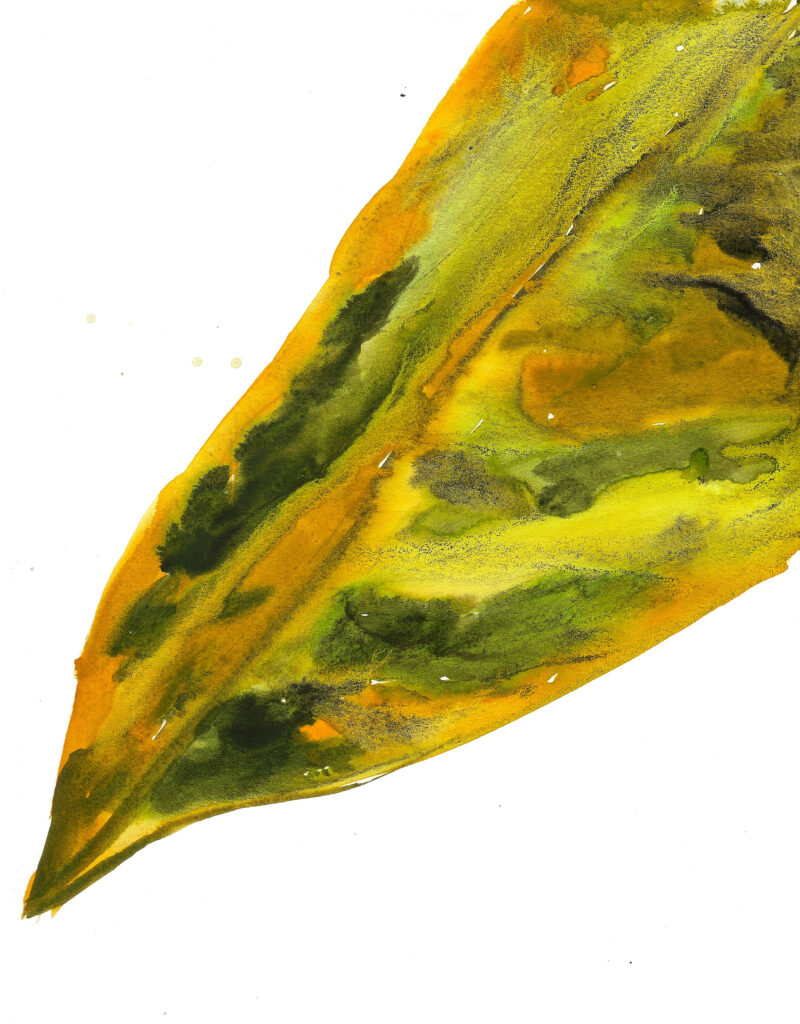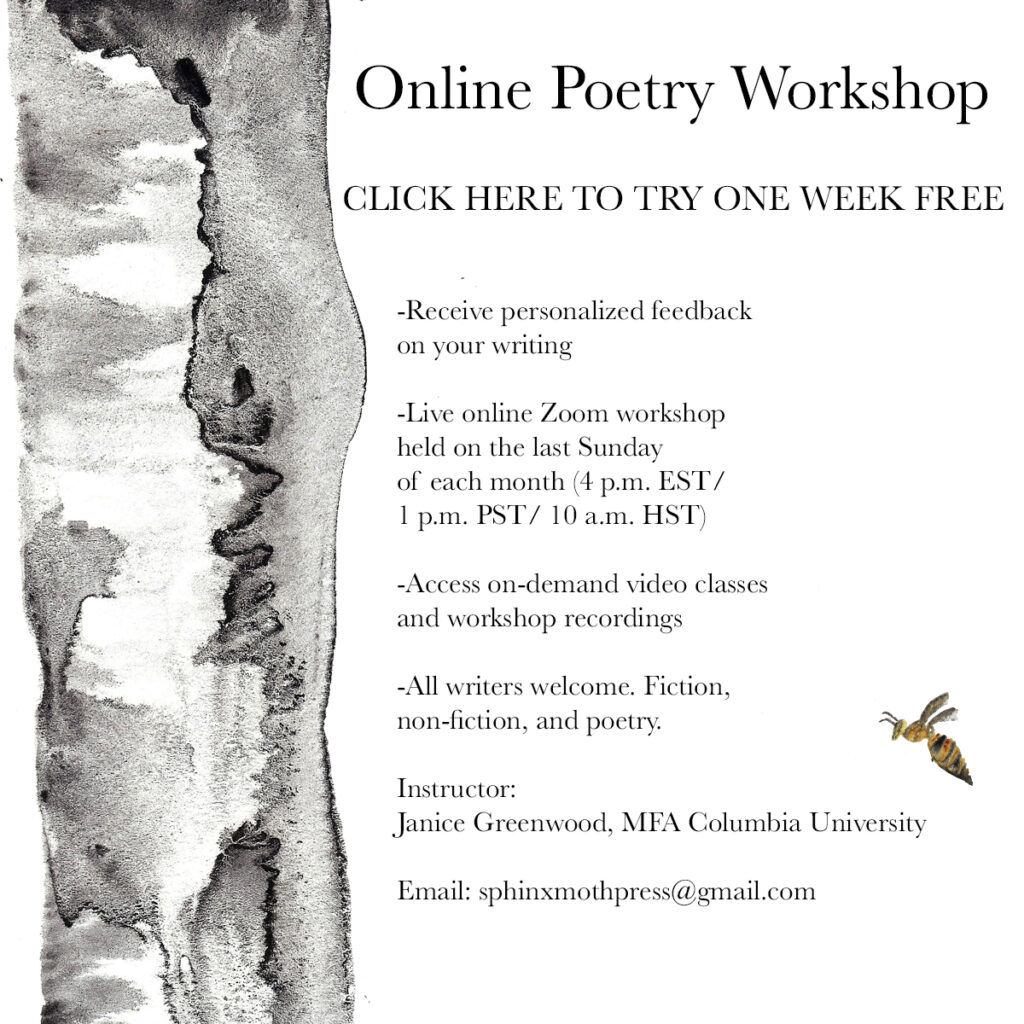I finally just finished reading Where the Crawdads Sing by Delia Owens. I don’t think I would have read the book, but for the fact that for the past several years, Where the Crawdads Sing has comfortably taken residence near the top of the New York Times Bestseller’s list for fiction in both the hardcover and paperback categories. I finally gave in and had to see for myself what all the fuss was about. I’m sure that curiosity is also part of why the book has dominated the bestseller’s list for so long.
I have to admit that I had a couple of false starts with the book. A while back I tried reading it as part of a book club, but after about a dozen pages, life and work caught up with me and I didn’t finish. About half a year ago, in the midst of the pandemic, I tried reading it again and gave up about 50 pages in. I found the prose as slow as marsh water. The language was occasionally good, but not excellent, and certainly not material for literary classic in the making.
And yet, week after week Where the Crawdads Sing taunted me from its perch atop the New York Times Bestseller’s list and from its dusty place on my bookshelf, and I got more and more curious.
The ending must be good, I kept thinking. It must start slow and then pick up pace. And so, last week, when I sat down to read Where the Crawdads Sing, I set my mind to finishing it. I’ll admit I had to force myself through the first two hundred pages, a slow-paced ramble through the life of a child abandoned in the swamp. But the last hundred or so pages of the book delivered all the promise of a bestseller, and I can see why it has appealed to such a wide audience.
I found myself somewhat heartened by the fact that such a slow-paced book could be so popular. Maybe American readers still have patience for the tale carefully and slowly told. Maybe there is still room in the American psyche for the subtle. The poetic, even.
The Times reports that Where the Crawdads Sing has sold over 4.5 million copies. But why? In a world where sexy romance and Stephen King-style horror dominates the market, what is it about Where the Crawdads Sing that draws such a crowd?
I have several theories why this slow-paced novel succeeded.
First, the last 100 or so pages of the novel deliver a fast-paced courtroom drama climax to the murder mystery that tantalizingly opens the novel. If the novel is a roller coaster, the last 100 pages are its thrilling drop, but I was left feeling uncertain if the drop was worth all that climb.
Where the Crawdads Sing feels almost like two novels, folded into one. There is the slow life of the marsh and Kya, the protagonist abandoned in it, woven together with syntactical acrobatics that only a former naturalist could perform (Delia Owens is a zoologist and conservationist), and then there’s the murder mystery and courtroom thriller that make up only one-third of the novel.
Owens weaves the two together decently well. There’s a fascinating tenebrism between Kya’s slow-paced marsh life and the fast-paced courtroom thriller that closes the novel. I’d be willing to endure Kya’s obsession with insects and marsh plants for 100 pages, while I wait to find out what really happened to the deceased and possibly murdered Chase Andrews, but 200 pages buoyed by a thin and somewhat maudlin love story, felt like a little much. When Kya’s brother returns later in the book and asks her how she made it, Kya herself says, “That’s a long boring story.” I couldn’t help but agree.

Still, I can see the last 100 pages of the novel keeping many readers awake late into the night, and sometimes, that’s all you need as a reader to make the book a good recommendation. Like restaurants, books succeed and die based on the recommendations of their guests, and I can see Where the Crawdads Sing getting passed around merely on the strength of its ending.
But that brings me to my second point, and the second reason why I think the novel succeeded. While Owens is hardly a poet, poetry is woven so intimately into this tale, it is ultimately impossible to extricate poetry from the story itself. Again, Owens’s Where the Crawdads Sing is hardly the material of literary legend, but its use of light verse will appeal to a certain audience raised to believe that Rupi Kaur should be our modern poet laureate. For readers whose interaction with poetry likely ends at Mary Oliver, there will be delight in the poetry on offer here. What fascinates me about the inclusion of poetry in this novel is that the novel itself admits to the weakness of its own poetry. About one of the poets featured in the book, the narration notes, “Tate had thought Hamilton’s poems rather weak.”
Yet, it is not the verse itself that holds the narrative together, but the quiet poetic moments that serve as the real structure of the story, its true joints and beams. Owens has her moments.
There’s Owens’s description of the angry ocean, where “Waves slammed one another, awash in their own white saliva, breaking apart on the shore with loud booms.”
The first sentence Kya ever reads is this: “There are some who can live without wild things, and some who cannot.” Tate, Kya’s love interest is a good critic, and he notes, “That’s a very good sentence. Not all words hold that much.”
But again, these lines hardly elevate the book to the realm of the bards.
So what is it, really about Where the Crawdads Sing that drew so many people in?
Where the Crawdads Sing debuted at a time when Harper Lee’s To Kill a Mockingbird was seeing renewed attention due to Lee’s publication of Go Set a Watchman. You can’t read Where the Crawdads Sing, with its southern drawl and courtroom drama and not think of To Kill a Mockingbird. In Where the Crawdads Sing, Boo Radley is Kya, and Jumpin’, the Black man who helps her survive, Atticus. For those who wanted Harper Lee’s Go Set a Watchman to offer more of the redemptive air of To Kill a Mockingbird than it had, perhaps Where the Crawdads Sing satisfied that unmet need that Harper Lee could not or would not give.
The book also manages to skirt divisive politics, only lightly addressing issues of racial inequalities and segregation, while depicting a somewhat separate, but peaceful co-existence between the White and Black members of this particular fictional southern town. Racial issues are all but glossed over. For those looking for an escape from racial consciousness, politics, or civilization at large, Where the Crawdads Sing lets readers hide in the woods with Kya for a while. The book is hardly progressive, and violence against women plays a central role in furthering the narrative. Perhaps the most political moment in the whole book was when Owens discusses the fact that the big developers plan to drain the swamp and build hotels, hinting at the reality that Kya’s world won’t last for long. We all emerge from Where the Crawdads Sing and return to the real world, where the destructive phrase “drain the swamp,” triggers something very different, but perhaps something not so different, at all.

About the Writer
Janice Greenwood is a writer, surfer, and poet. She holds an M.F.A. in poetry and creative writing from Columbia University.
